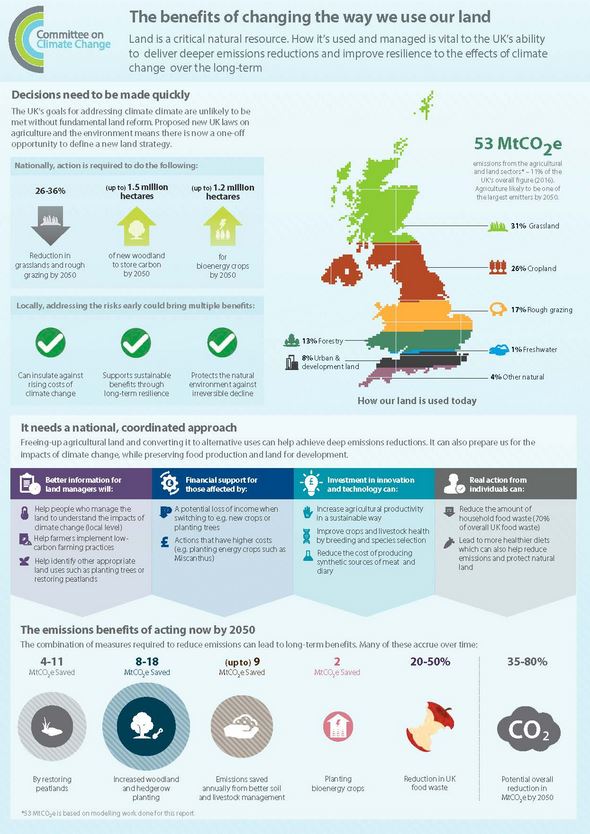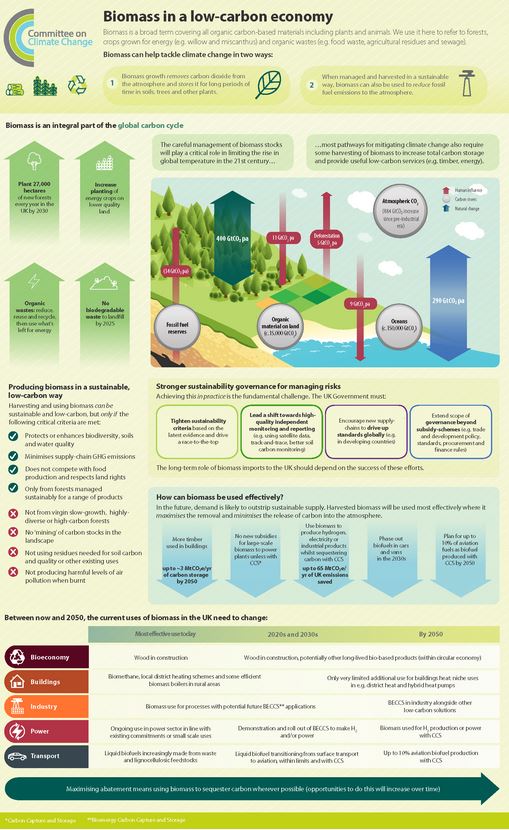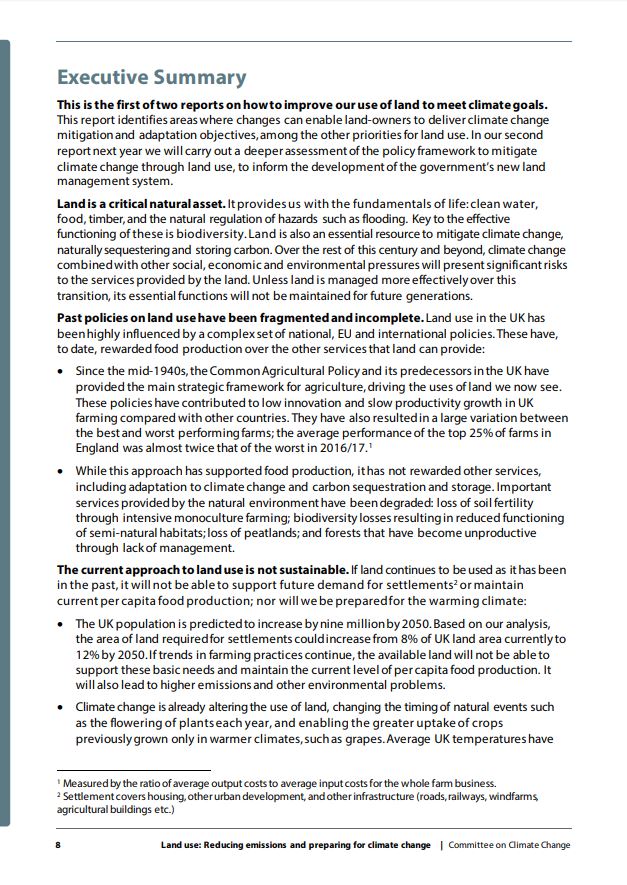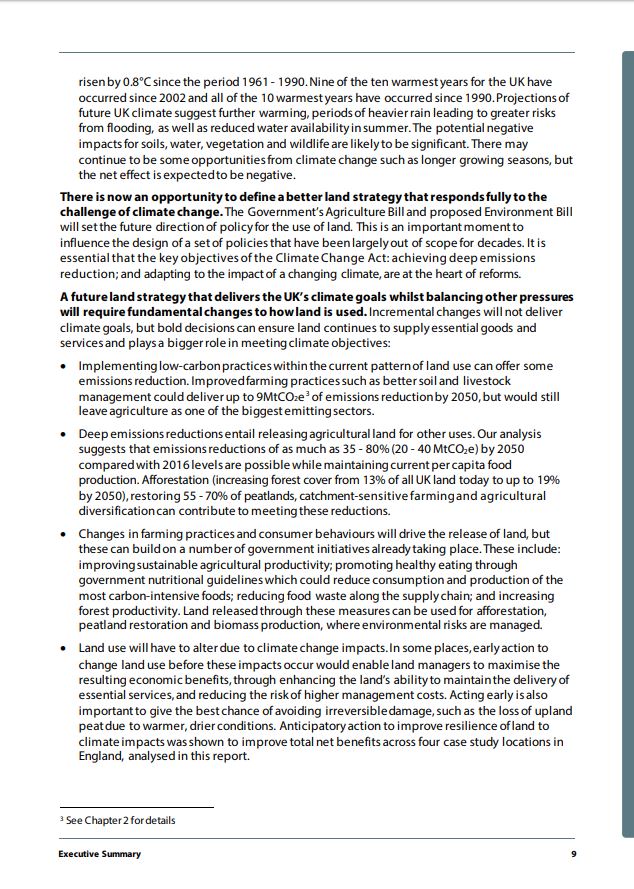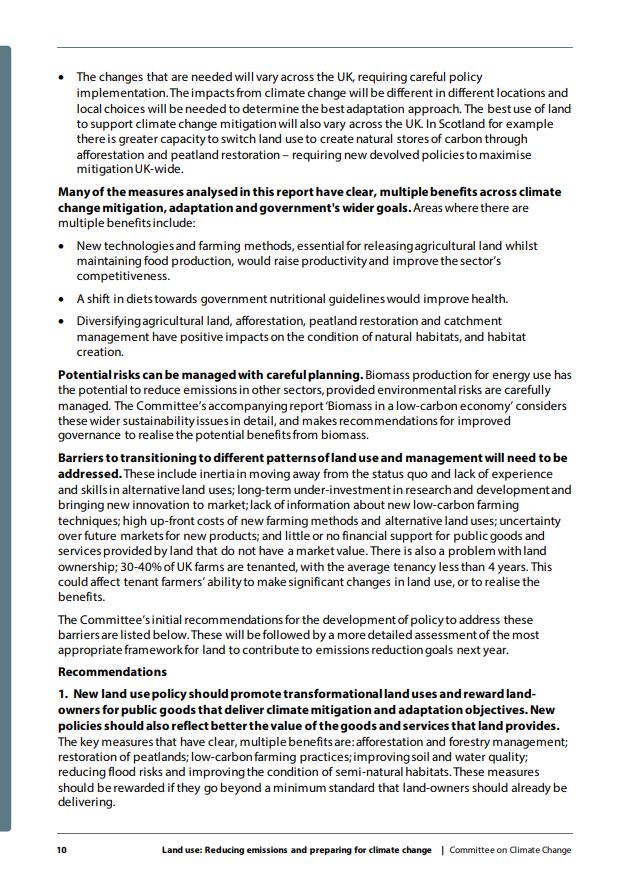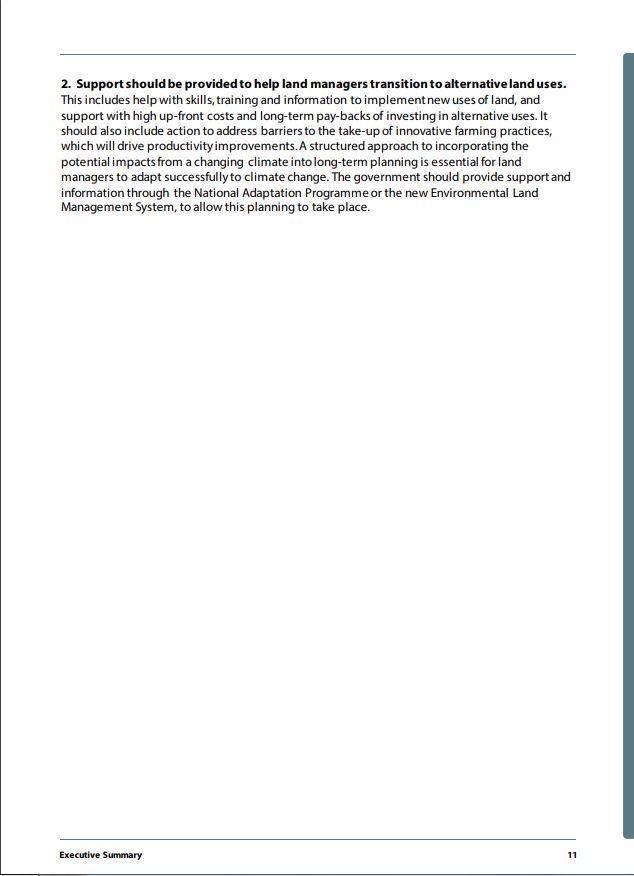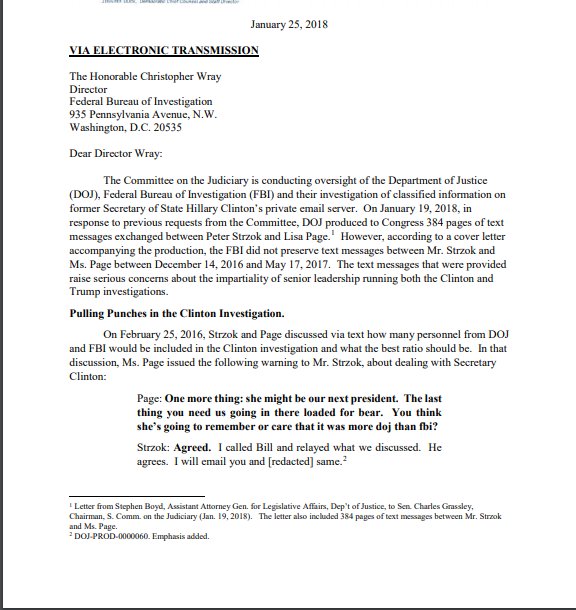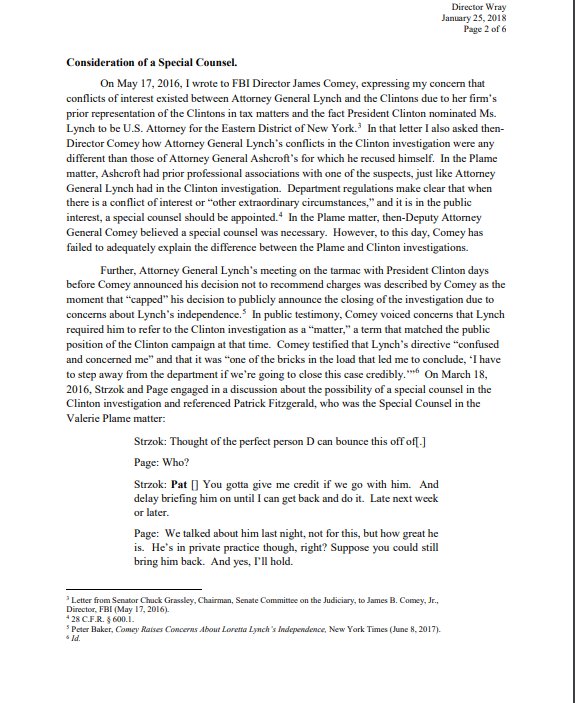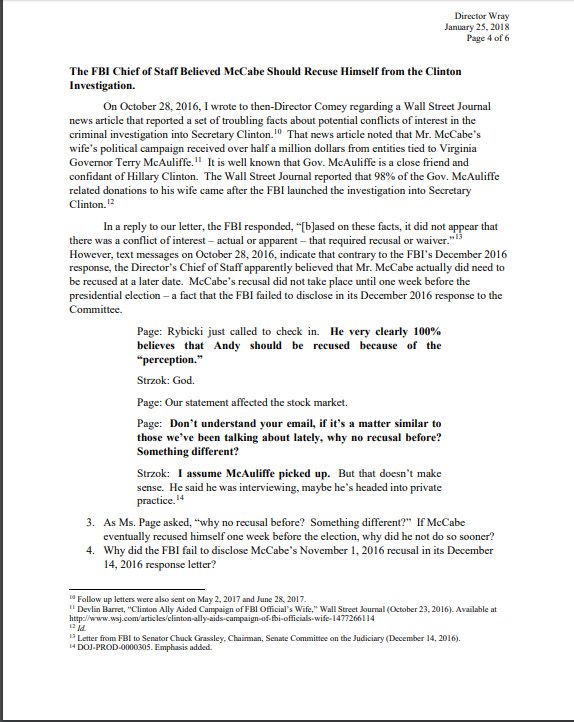"It’s a little presumptuous to say we’ve lost time or should have gotten there before," Sullivan says.
Preliminary design would have started 6 months earlier. So we'd be 6 months ahead.
Bracke: They didn't refer to the Variant design as a whole.
Carlisle: That was the whole thrust of Variant 2...
Jones: We'll look at that in a minute.
3 more min of staff presentation first.
Carr breaks in to say "this is a little premature."
Carr: Decision on open space is a joint decision by council and OSBT. Both agree to do it. Council decides what an open space purpose is.
Carr: Disposal lies with them. Open space purposes lies with you.
Carlisle: Then we could make up purposes.
Carr: Purposes are in the charter. You get to interpret it.
On open space, the permanent impact will be part of the vertical wall itself, which will extend 2-4 feet into it, then the underground foundation and caissons. 1 acre will be permanently impacted; 3-4 temporarily.
So 1 of 1,100 acres permanently impacted.
Carlisle wants to hear more.
Jones: What did you think was going to happen? Surely we didn't think we'd build it right next to the highway. Did we think we'd get a better deal than this?
Jones: Where did you think they would go?
Burke: In CDOT right of way.
Jones: It goes underground 30 feet. That's a lot of their right-of-way.
Are the assumptions we're making now even correct given how off they've been prior to this? We're given a whole new scenario now, again.
Sullivan: We'd have to look at a very, very different configuration. We do flood mitigation in very, very different ways. There was analysis on the west side of 93 at one time.
Sullivan: Yes
Brockett: So we'd have to go back 17 steps.
Sullivan nods.
Jones: Variant 2 isn't on the table; our decision space is variations of Variant 1. We know Variant 1 is the right answer; we need to negotiate within that space.
Kleiser: I think at this point, we're sort of at an impasse.
Jones: Of high caliber
Yates: Of the highest caliber we're discussing
Jones: (To staff) Don't answer that, but that's what we want you to work on.
Sullivan: It's called a sensitivity analysis. What's the inundation vs. detention. "It's a tradeoff. That's what we're talking about here."
Weaver: We didn't want to have a major impact.
Yates: If something had to give here, does council still feel that strongly on it? Is it reducing detention or impacts on OSO?
Arthur: It's giving you slides you've already seen.
Jones: I think the thing that's different is CDOT is narrowing our space.
That wraps CU South. @threadreaderapp, please unroll. Gonna start one new thread for board/commission appointments.

